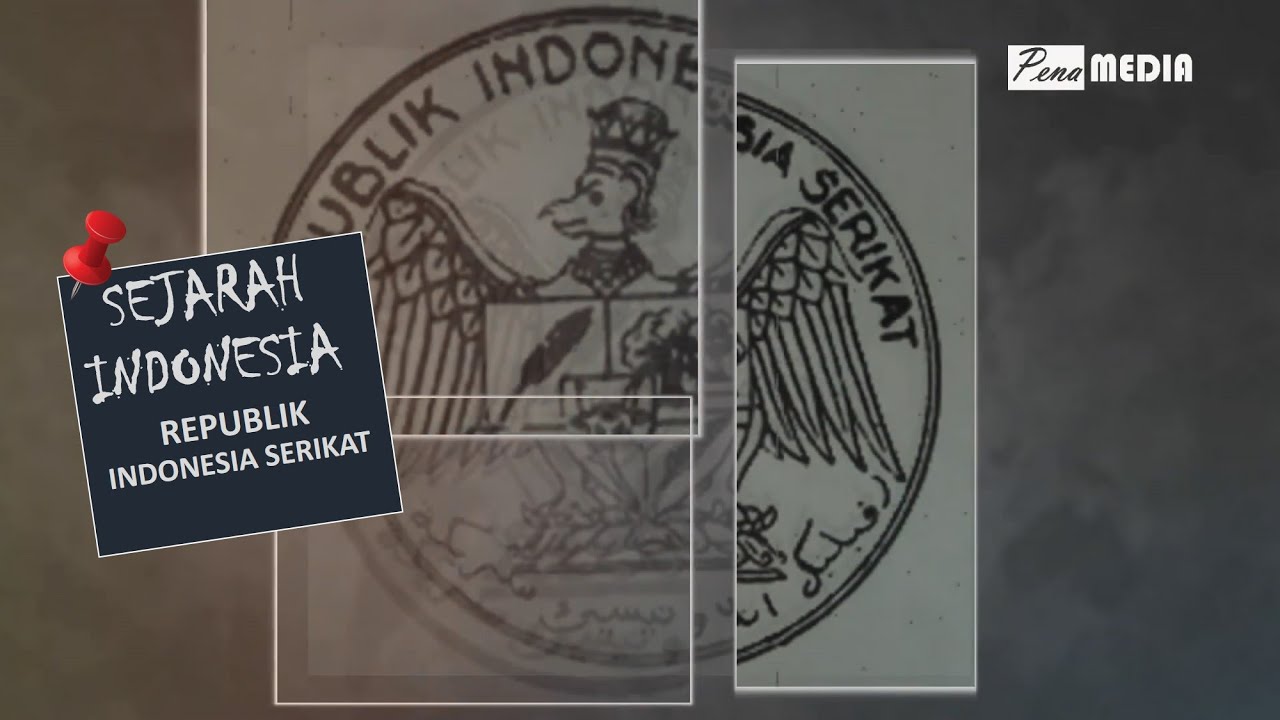Demokrasi Liberal di Indonesia | Sistem Parlementer | #sejarahindonesia #demokrasi
Summary
TLDRThis video discusses the implementation of liberal democracy in Indonesia between 1950 and 1959, following the country's transition from a federal republic to a unitary state. It explores key political events and cabinet changes, including the rise of political parties, economic challenges, and the establishment of policies like the Sanering and the Gerakan Benteng. The video also details the impact of internal conflicts, separatist movements, and the eventual shift towards guided democracy under President Sukarno after the failure of the Constitutional Assembly. The video provides insight into Indonesia's complex political history during this turbulent period.
Takeaways
- 😀 Demokrasi Liberal in Indonesia lasted from 1950 to 1959, defined by a multi-party system and parliamentary government.
- 😀 The term 'Demokrasi Liberal' refers to a political system focused on individual freedom and equality, with governance by the people.
- 😀 Indonesia transitioned from a federal system (RIS) to a unitary state on August 17, 1950, marking the start of the Demokrasi Liberal period.
- 😀 The parliamentary system featured frequent cabinet changes, with 7 different cabinets in just 9 years due to political instability.
- 😀 Major political parties during this era included Masyumi, PNI, NU, and PKI, reflecting the diversity in Indonesian politics at the time.
- 😀 The cabinets of this period, such as Kabinet Natsir, Sukiman, and Djuanda, faced challenges like Irian Barat, economic instability, and political conflict.
- 😀 Economic policies like 'Sanering' (currency devaluation) and 'Gerakan Benteng' (economic restructuring) were introduced to address financial crises.
- 😀 The 'Ali Baba' system aimed to encourage economic collaboration between native and non-native entrepreneurs but failed to meet expectations.
- 😀 The failure of the Constituent Assembly to draft a permanent constitution led to President Sukarno’s declaration of 'Demokrasi Terpimpin' in 1959.
- 😀 The end of Demokrasi Liberal was marked by the **Dekrit Presiden 5 Juli 1959**, which dissolved the Constituent Assembly and reinstated the 1945 Constitution.
Q & A
What is the definition of liberal democracy as explained in the video?
-Liberal democracy is a political system that emphasizes individual freedom and equality. It is based on the idea that government is 'of the people, by the people, and for the people', where the main values are individual liberty and equality under the law.
What was the significance of the Indonesian state transformation in 1950?
-In 1950, Indonesia transformed from a federal republic (Republic of the United States of Indonesia or RIS) back into a unitary state (Republic of Indonesia or RI), due to the realization that the federal structure was a tactic used by the Dutch to divide the nation.
What characterized Indonesia's political life during the liberal democracy era (1950-1959)?
-During the liberal democracy era, Indonesia adopted a parliamentary system of government and a multi-party system. Political parties flourished, and there were frequent changes in government cabinets, reflecting the instability of the time.
What was the role of the president and prime minister in Indonesia's parliamentary system during the liberal democracy era?
-In this system, the president was a ceremonial head of state with limited power, while the prime minister, who was the head of government, held executive authority. The cabinet was responsible to the parliament.
How did the cabinets change during the liberal democracy era in Indonesia?
-There were seven cabinets during the liberal democracy era, with frequent changes due to political instability, loss of support from parliament, or the inability to resolve key issues like the Irian Barat conflict and economic difficulties.
What were the main achievements of the Natsir Cabinet (1950-1951)?
-The Natsir Cabinet successfully established Indonesia's foreign policy as 'free and active,' got Indonesia admitted to the United Nations, and began negotiations with the Netherlands over the Irian Barat issue.
Why did the Sukiman Cabinet (1951-1952) collapse?
-The Sukiman Cabinet fell due to controversy surrounding the Mutual Security Act with the United States, which was seen as aligning Indonesia with the West during the Cold War and conflicting with Indonesia's foreign policy of non-alignment.
What was the economic situation in Indonesia during the liberal democracy period?
-The economy was in a poor state, plagued by inflation, lack of control over imports and exports, and challenges related to the economic structure left by colonialism. Various policies like currency devaluation and nationalization were attempted to stabilize the economy.
What was the purpose of the Sanering policy implemented by Syafrudin Prawiranegara?
-The Sanering policy aimed to stabilize the Indonesian economy by reducing the amount of money in circulation, especially high-denomination currency, to combat inflation and restore the country's financial credibility.
What caused the end of the liberal democracy era in Indonesia?
-The liberal democracy era ended with the issuance of the Presidential Decree of July 5, 1959, due to the failure of the Constituent Assembly to agree on a new constitution, leading President Sukarno to impose a more centralized system known as Guided Democracy.
Outlines

This section is available to paid users only. Please upgrade to access this part.
Upgrade NowMindmap

This section is available to paid users only. Please upgrade to access this part.
Upgrade NowKeywords

This section is available to paid users only. Please upgrade to access this part.
Upgrade NowHighlights

This section is available to paid users only. Please upgrade to access this part.
Upgrade NowTranscripts

This section is available to paid users only. Please upgrade to access this part.
Upgrade NowBrowse More Related Video

DEMOKRASI LIBERAL 1950-1959

PEMBAHASAN SOAL SEJARAH - MATERI MASA DEMOKRASI LIBERAL - PERSIAPAN UTBK SBMPTN DAN SIMAK UI

Sejarah Republik Indonesia Serikat

masa demokrasi liberal di indonesia #materidaringsejarahindonesiakelas12

Indonesia sebagai Negara Kesatuan

Sistem dan Struktur Politik dan Ekonomi Indonesia Masa Demokrasi Parlementer (1950-1959)
5.0 / 5 (0 votes)